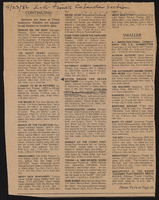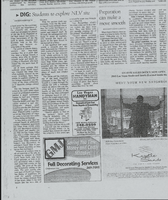Search the Special Collections and Archives Portal
Search Results
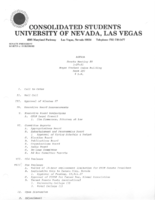
Meeting minutes for Consolidated Student Senate, University of Nevada, Las Vegas, January 27, 1981
Date
1981-01-27
Archival Collection
Description
Includes meeting agenda and minutes. CSUN Session 11 Meeting Minutes and Agendas.
Text
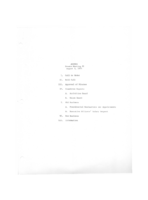
Meeting minutes for Consolidated Student Senate, University of Nevada, Las Vegas, August 3, 1976
Date
1976-08-03
Archival Collection
Description
Agenda and meeting minutes for the University of Nevada, Las Vegas Student Senate. CSUN Session 5 Meeting Minutes and Agendas.
Text
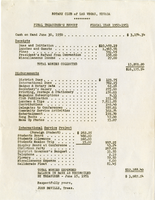
The Wheel of Rotary Las Vegas Rotary Club newsletter, June 21, 1951
Date
1951-06-21
Archival Collection
Description
Newsletter issued by the Las Vegas Rotary Club
Text
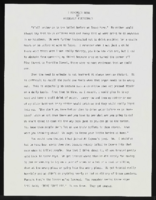
"I Remember Rosa": article draft by Roosevelt Fitzgerald
Date
1980 (year approximate) to 1995 (year approximate)
Archival Collection
Description
From the Roosevelt Fitzgerald Professional Papers (MS-01082) -- Drafts for the Las Vegas Sentinel Voice file. On Rosa Parks' act of courage.
Text
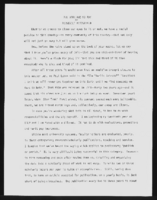
"All Work and No Pay": article draft by Roosevelt Fitzgerald
Date
1990
Archival Collection
Description
From the Roosevelt Fitzgerald Professional Papers (MS-01082) -- Drafts for the Las Vegas Sentinel Voice file. On University systems' failure to reward certain faculty.
Text
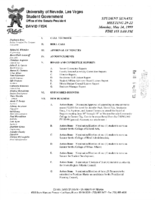
Meeting minutes for Consolidated Student Senate University of Nevada, Las Vegas, May 24, 1999
Date
1999-05-24
Archival Collection
Description
Includes meeting agenda and minutes. CSUN Session 29 Meeting Minutes and Agendas.
Text
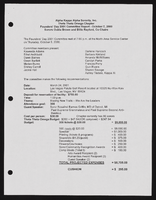
Alpha Kappa Alpha Sorority, Theta Theta Omega Chapter Founders Day committee reports
Date
2000-01-08
2000-01-31
2000-10-07
Archival Collection
Description
From the Alpha Kappa Alpha Sorority, Incorporated, Theta Theta Omega Chapter Records (MS-01014) -- Chapter records file.
Text
Pagination
Refine my results
Content Type
Creator or Contributor
Subject
Archival Collection
Digital Project
Resource Type
Year
Material Type
Place
Language
Records Classification

